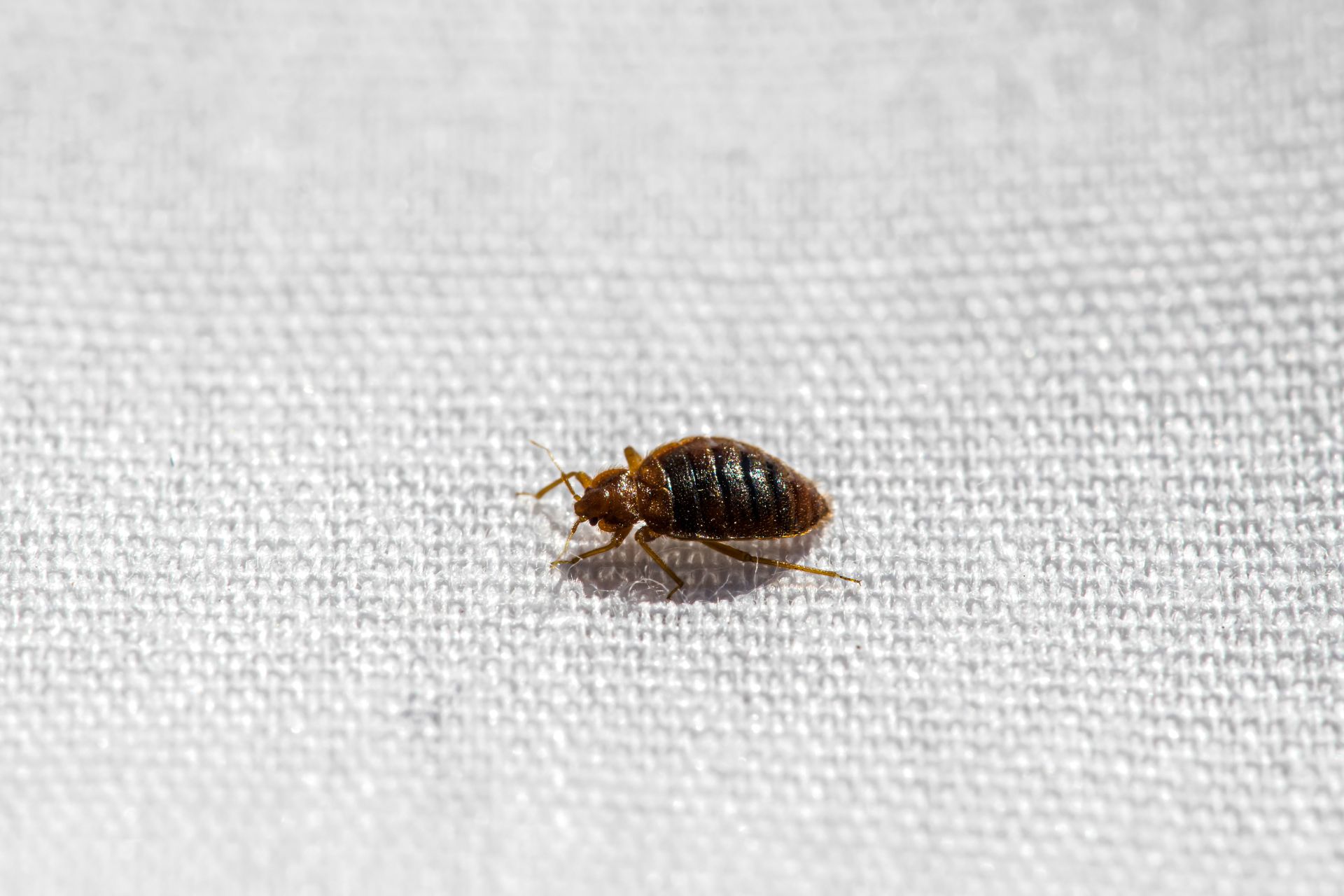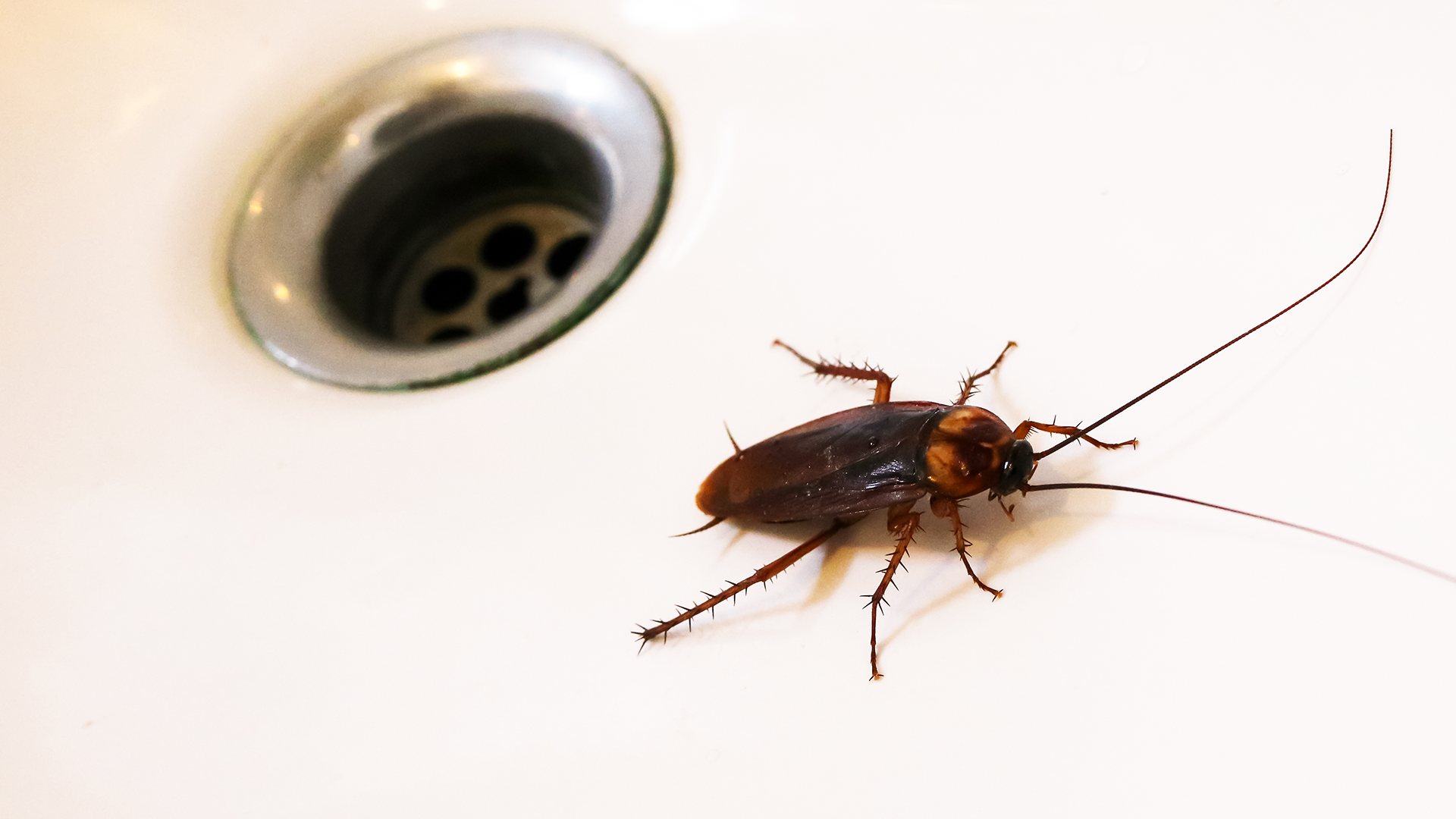Common Bathroom Insects: Insects In Bathroom Floor

Bathrooms, with their moisture and potential food sources, can attract various insects. Understanding the common bathroom insects and their characteristics is crucial for effective pest control and maintaining a healthy living environment.
Common Bathroom Insects and Their Characteristics, Insects in bathroom floor
The following table provides a comprehensive overview of common bathroom insects, their physical characteristics, behavior, life cycle, and potential health risks:
| Insect Name | Physical Description | Behavior | Life Cycle | Health Risks |
|---|---|---|---|---|
| Silverfish | Small, silver-grey, wingless insects with elongated bodies and three long, hair-like appendages at the rear. | Nocturnal, feeding on starchy materials like paper, glue, and fabrics. | Can live for up to 8 years, laying eggs in dark, moist places. | Generally harmless, but can cause minor damage to belongings. |
| Springtails | Tiny, wingless insects with a forked tail that helps them jump. They are usually white or grey in color. | Found in damp areas, feeding on mold and decaying organic matter. | Their life cycle is short, with adults living for a few weeks. | Harmless, but their presence can indicate excessive moisture. |
| Earwigs | Small, reddish-brown insects with pincers at the rear end. | Nocturnal, feeding on plants and decaying matter. They are attracted to moisture and can be found in damp areas. | Their life cycle includes an egg stage, several larval stages, and a final adult stage. | While not known to transmit diseases, their pincers can give a painful bite. |
| Centipedes | Long, segmented insects with many legs. They are usually brown or yellow in color. | Nocturnal predators, feeding on other insects. They prefer dark, moist areas. | Their life cycle involves several molts as they grow. | Some species can deliver a painful bite, but they are not generally considered dangerous. |
| Millipedes | Long, segmented insects with many legs, but unlike centipedes, they have two pairs of legs per segment. | Feed on decaying organic matter and are often found in damp areas. | Their life cycle involves several molts as they grow. | Harmless, but their presence can indicate excessive moisture. |
Causes of Insect Infestations
Insects are attracted to bathrooms for various reasons, primarily due to the presence of moisture, food sources, and favorable breeding conditions. Understanding these factors is crucial for preventing and controlling insect infestations.
Moisture and Humidity
Moisture and humidity play a significant role in attracting and supporting insect populations in bathrooms. High humidity levels create a favorable environment for insects to thrive, especially those that require moisture for survival and reproduction.
- Leaky pipes and faucets: Leaky pipes and faucets contribute to high humidity levels, creating a moist environment that attracts insects like silverfish, earwigs, and springtails.
- Poor ventilation: Inadequate ventilation can trap moisture, creating a humid environment that encourages insect growth and reproduction.
- Condensation: Condensation on bathroom surfaces, such as mirrors and windows, can provide a source of moisture for insects.
Sanitation and Hygiene
Maintaining proper sanitation and hygiene is crucial for preventing insect infestations in bathrooms.
- Food crumbs and spills: Uncleaned food crumbs and spills attract insects like ants, cockroaches, and flies.
- Dirty laundry: Dirty laundry can attract moths and other insects that feed on fabrics.
- Unclean surfaces: Dirty surfaces and floors can harbor insects and their eggs.
- Pet food and water: Leaving pet food and water bowls unattended can attract ants and other insects.
Food and Water Sources
Insects require food and water to survive and reproduce. Bathrooms often provide these resources, unintentionally attracting insects.
- Food crumbs and spills: As mentioned earlier, food crumbs and spills are a major attractant for insects.
- Leaky pipes and faucets: Leaky pipes and faucets can provide a source of water for insects.
- Toilet bowls: Toilet bowls can harbor bacteria and other microorganisms that attract insects.
- Garbage cans: Unsealed garbage cans can attract insects, especially flies and cockroaches.
Flowchart: Bathroom Conditions and Insect Infestations
The following flowchart illustrates the relationship between bathroom conditions and insect infestations:
[Flowchart Image Description]
The flowchart depicts the following:
1. Start: Bathroom conditions
2. Decision: Are there food sources available?
* Yes: Insects are attracted
* No: Proceed to next decision
3. Decision: Is there moisture present?
* Yes: Insects are attracted
* No: Proceed to next decision
4. Decision: Are there favorable breeding conditions?
* Yes: Insects are attracted
* No: Insects are less likely to infest
5. End: Insect infestation
Preventing and Controlling Infestations

Preventing and controlling insect infestations in your bathroom is essential for maintaining a healthy and comfortable living environment. By understanding the factors that attract insects and implementing effective prevention strategies, you can minimize the risk of encountering these unwelcome guests.
Regular Bathroom Maintenance for Insect Prevention
Regular bathroom maintenance plays a crucial role in deterring insects. By implementing a checklist of routine tasks, you can create an environment that is less attractive to these pests.
- Clean Regularly: Thorough cleaning of your bathroom, including floors, walls, countertops, and sinks, is essential for removing food sources and eliminating potential breeding grounds for insects.
- Remove Excess Moisture: Insects thrive in damp environments. Ensure proper ventilation by using exhaust fans during showers and baths to remove excess moisture.
- Seal Cracks and Crevices: Inspect your bathroom for cracks and crevices in walls, floors, and around plumbing fixtures. Seal these openings with caulk or silicone sealant to prevent insects from entering.
- Store Food Properly: Keep food items, including toiletries and cleaning products, in sealed containers to prevent insects from being attracted to their scent.
- Dispose of Trash Regularly: Empty trash cans frequently, especially those containing food scraps or used toiletries.
- Inspect and Clean Drains: Regularly inspect and clean drains to prevent clogs and the accumulation of organic matter that can attract insects.
Eliminating Existing Infestations
If you have an existing insect infestation, it’s crucial to take immediate action to eliminate the problem.
- Identify the Insect: The first step is to identify the type of insect you are dealing with. This will help you choose the most effective control methods.
- Vacuum and Clean: Thoroughly vacuum and clean the affected areas to remove any visible insects, eggs, or larvae.
- Use Insecticides: Insecticides can be used to kill insects and prevent re-infestation. Choose an insecticide that is specifically designed for the type of insect you are dealing with.
- Seal Entry Points: After removing the insects, seal any entry points they used to enter your bathroom. This will prevent them from returning.
- Professional Pest Control: If the infestation is severe or you are unable to control it yourself, consider contacting a professional pest control company.
Pest Control Methods: DIY vs. Professional
There are various pest control methods available, ranging from DIY solutions to professional services.
- DIY Methods: DIY pest control methods can be effective for minor infestations. These methods typically involve using commercially available insecticides, traps, or natural repellents.
- Professional Pest Control: For severe infestations or complex pest problems, it is advisable to consult a professional pest control company. Professionals have the expertise and specialized equipment to effectively eliminate infestations and prevent re-infestation.
Sealing Cracks and Crevices
Sealing cracks and crevices in your bathroom floor is an effective way to prevent insects from entering your home.
- Inspect Thoroughly: Inspect your bathroom floor carefully for any cracks, gaps, or openings around plumbing fixtures, baseboards, or walls.
- Clean the Area: Before applying sealant, clean the cracks and crevices thoroughly with a brush and vacuum to remove any debris or dirt.
- Apply Sealant: Use a high-quality caulk or silicone sealant to fill in the cracks and crevices. Apply the sealant in a smooth, even layer and allow it to dry completely before applying a second coat if necessary.
- Maintain Regularly: Inspect the sealed areas regularly for any signs of damage or wear and tear. Re-apply sealant as needed to maintain a tight seal and prevent insect entry.
